,
This is a placeholder for the Yext Knolwedge Tags. This message will not appear on the live site, but only within the editor. The Yext Knowledge Tags are successfully installed and will be added to the website.
All Of Our Splitters Are Able To Be Towed Safely At Highway Speeds
Blog Layout
Firewood Processors: How They Work
If you need a lot of firewood for your business, you may want to consider buying firewood processors. After all, according to Persistence Market Research, firewood processors are the gold standard because they can process anything over 15 inches long. Understanding how they work can ensure that you find and use a model that suits your needs.
Step One: Loading the Wood
After moving these machines to an area near firewood, the controller loads the deck and adjusts it to the wood's size. This controller then uses a joystick to properly position the wood for cutting and sets the lengths for each cut. The length varies depending on the consumer's needs.
Step Two: Setting the Cut Length
Firewood processor operators typically use order sheets or similar information to set the firewood's cut length. For example, they may have multiple orders from clients that they must process, and doing similar sizes and lengths together may help speed up the job. However, you can also use this tool in your home to fit your fireplace's size.
Step Three: Cutting the Wood
Next, the operator uses the joystick to move the wood and control the cutting equipment. Firewood processors typically use high-powered saws to cut evenly and efficiently. As the wood is cut, it gets moved along a belt to the splitting section at the other end of the machine.
Step Four: Splitting the Wood
Many processors utilize a simple splitting wedge to break logs into smaller ones. For example, round logs can get split into triangular sections that burn easier in fireplaces and are less cumbersome. At this point, the wood moves further along the conveyor belt and may exit the machine or get moved to storage.
Step Five: Storing the Wood Properly
In the best firewood processor, the assembly belt moves the split and sectioned wood into a storage container. From there, the operator can remove the container when it's full and load it into a truck or another unit. Typically, it requires at least two operators to complete this stage of the process.
Step Six: Maintaining the Machine
After a typical cutting gig, the operator cleans out the interior by washing away wood dust and other debris. Then they carefully lubricate the moving parts to ensure it stays strong. Some may even replace or sharpen the saw blades to keep them from getting dull after repetitive use.
If you're interested in using firewood processors
for your home or business, contact Brute Force today to learn more. Our team of professionals can help you better understand these machines and make choosing one easier. We'll do what we can to ensure you get the best results.
VISIT US
,
This is a placeholder for the Yext Knolwedge Tags. This message will not appear on the live site, but only within the editor. The Yext Knowledge Tags are successfully installed and will be added to the website.
This is a placeholder for the Yext Knolwedge Tags. This message will not appear on the live site, but only within the editor. The Yext Knowledge Tags are successfully installed and will be added to the website.
HOURS
This is a placeholder for the Yext Knolwedge Tags. This message will not appear on the live site, but only within the editor. The Yext Knowledge Tags are successfully installed and will be added to the website.
OFFICE HOURS
This is a placeholder for the Yext Knolwedge Tags. This message will not appear on the live site, but only within the editor. The Yext Knowledge Tags are successfully installed and will be added to the website.
Monday
Tuesday
Wednesday
Thursday
Friday
Saturday
Sunday
This is a placeholder for the Yext Knolwedge Tags. This message will not appear on the live site, but only within the editor. The Yext Knowledge Tags are successfully installed and will be added to the website.
Monday
Tuesday
Wednesday
Thursday
Friday
Saturday
Sunday
This is a placeholder for the Yext Knolwedge Tags. This message will not appear on the live site, but only within the editor. The Yext Knowledge Tags are successfully installed and will be added to the website.
CONTACT US
This is a placeholder for the Yext Knolwedge Tags. This message will not appear on the live site, but only within the editor. The Yext Knowledge Tags are successfully installed and will be added to the website.
This is a placeholder for the Yext Knolwedge Tags. This message will not appear on the live site, but only within the editor. The Yext Knowledge Tags are successfully installed and will be added to the website.
Hi. Do you need any help?
Privacy Policy
| Do Not Share My Information
| Conditions of Use
| Notice and Take Down Policy
| Website Accessibility Policy
© 2024
The content on this website is owned by us and our licensors. Do not copy any content (including images) without our consent.


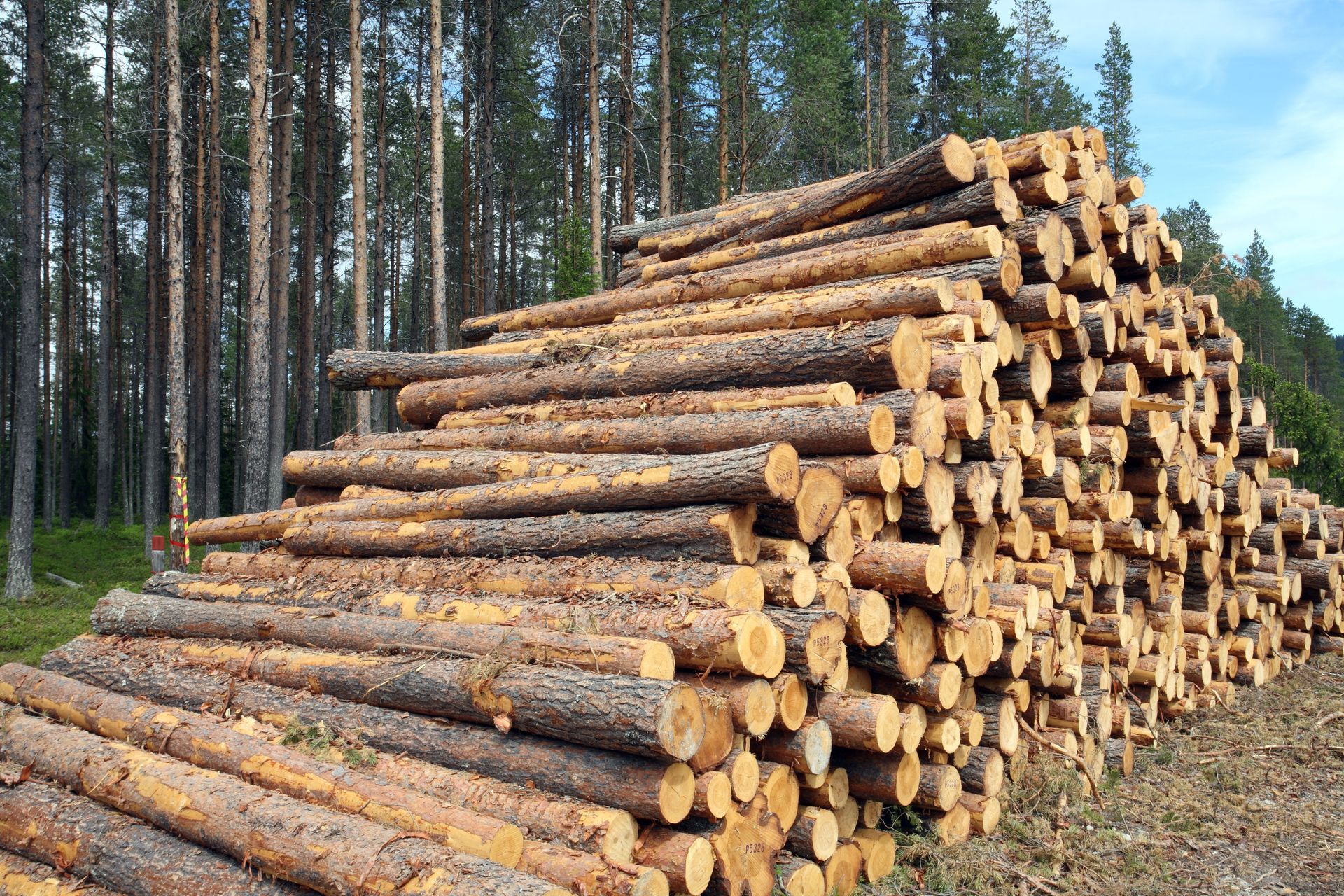
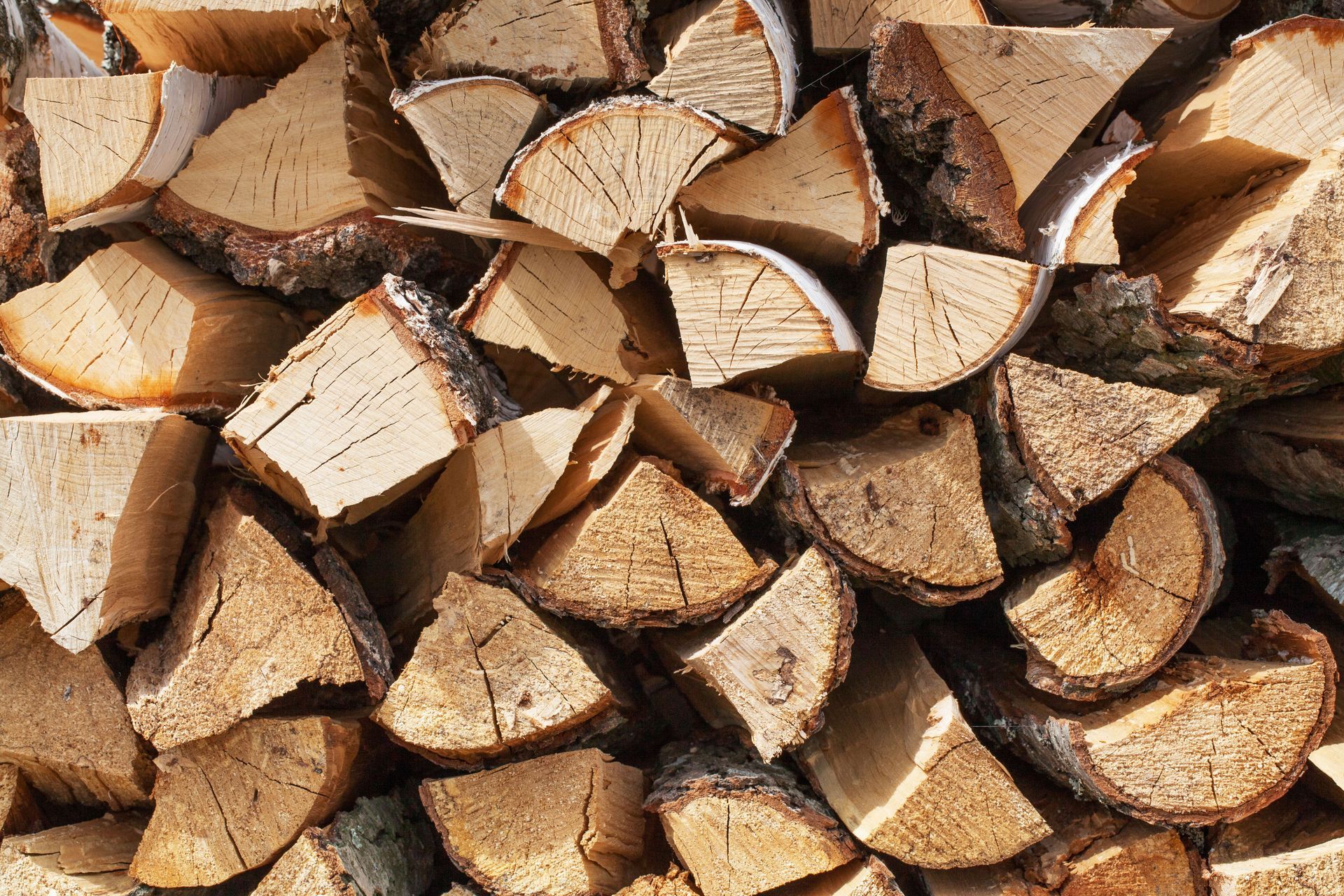
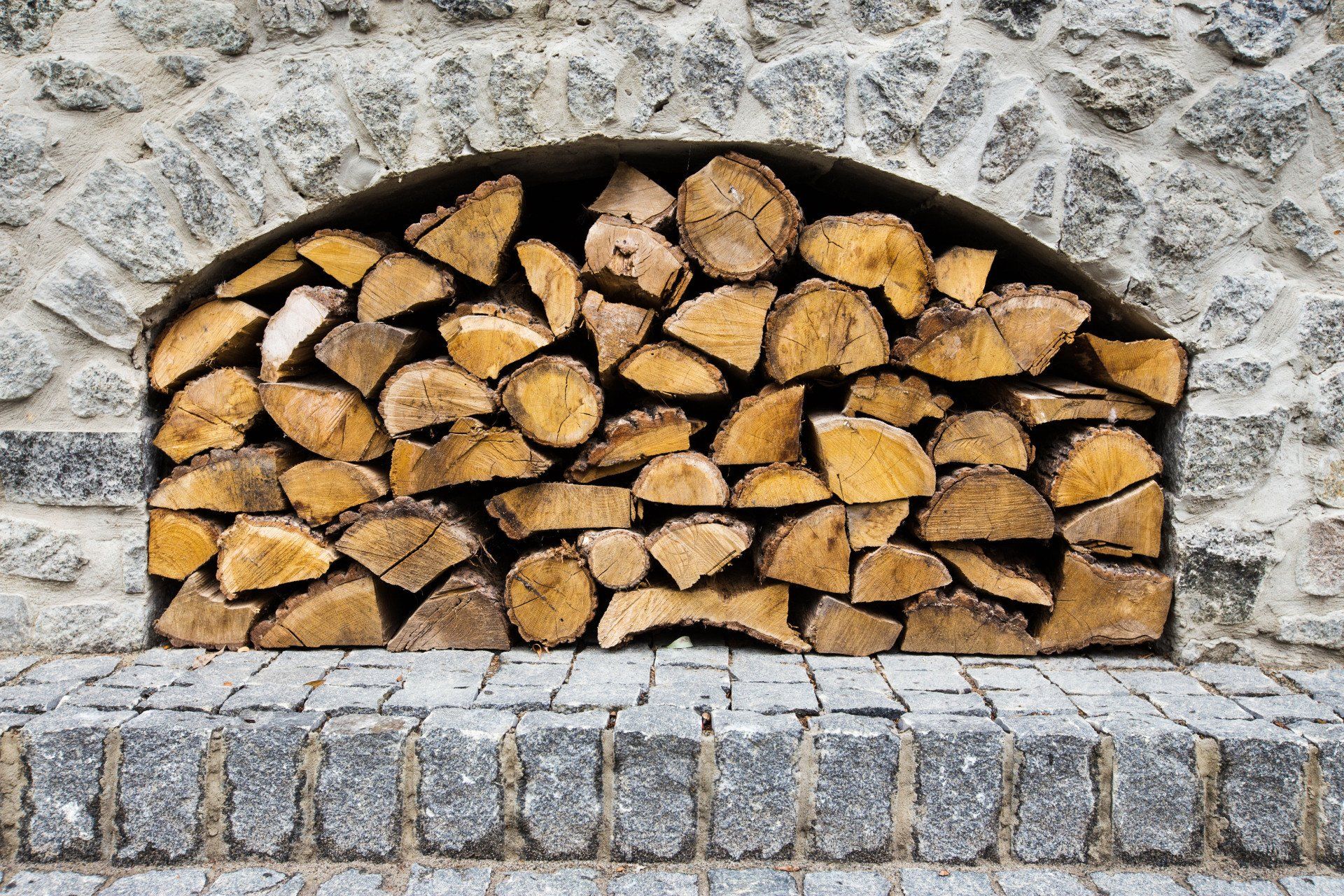
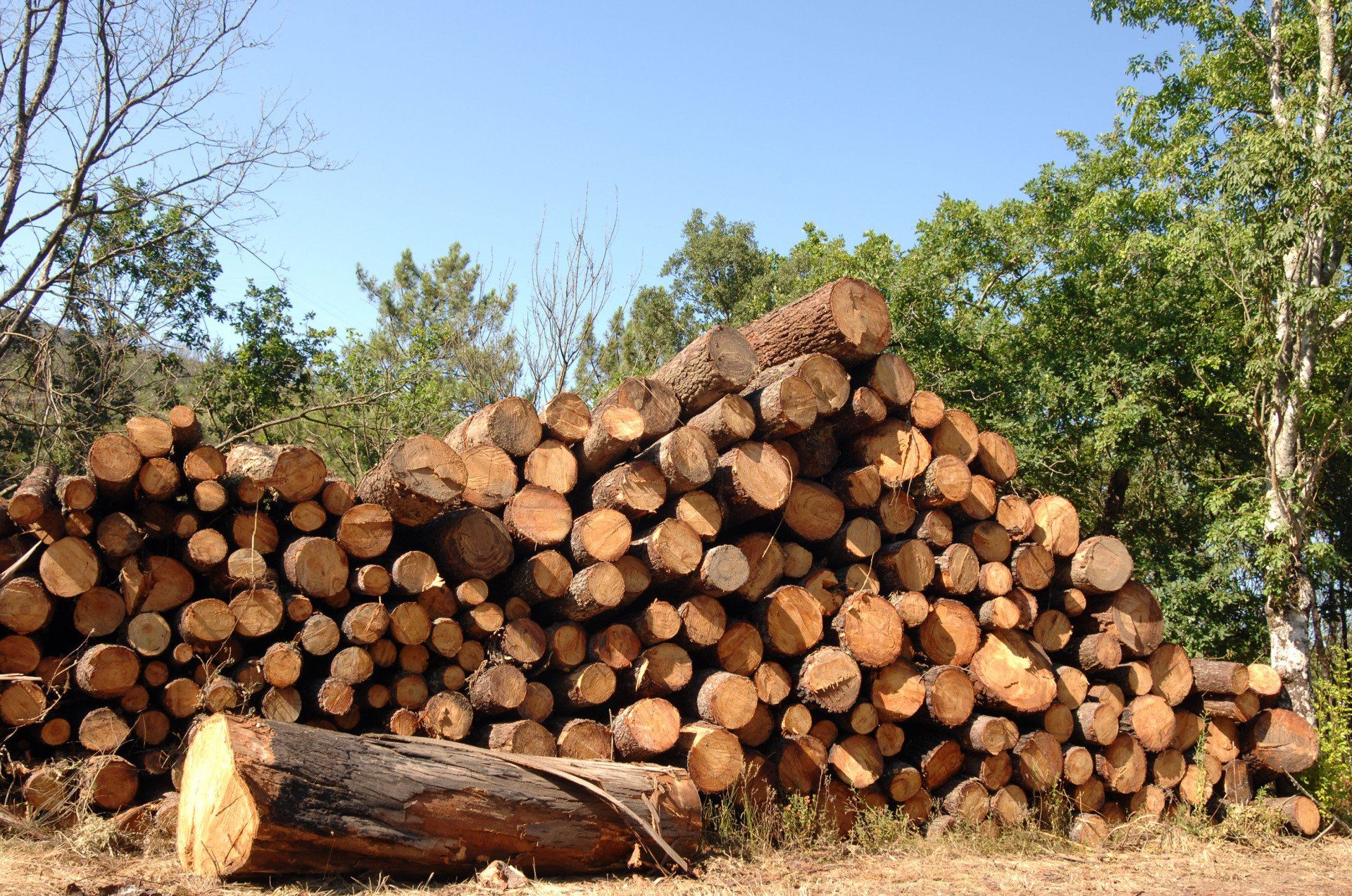
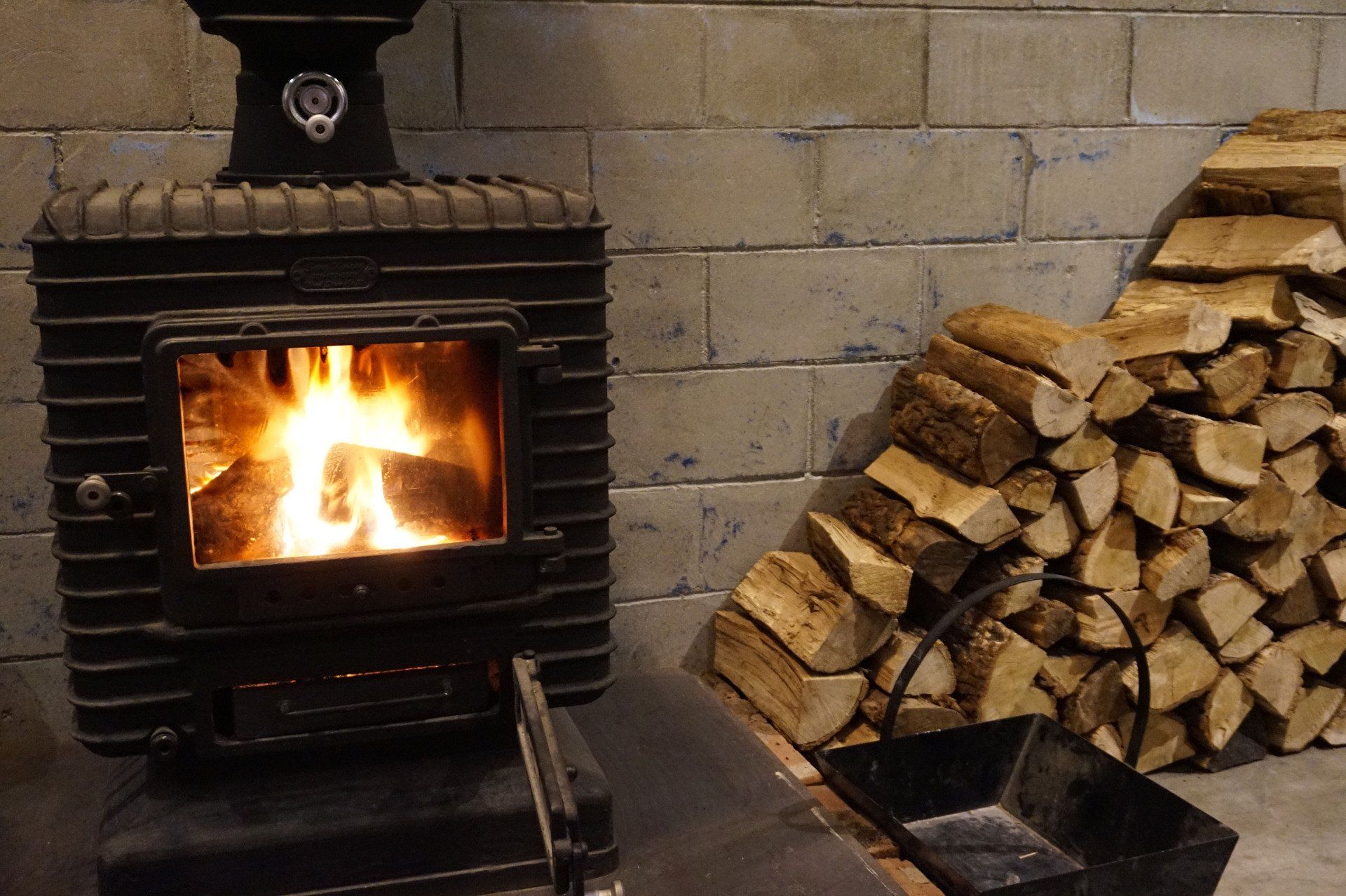

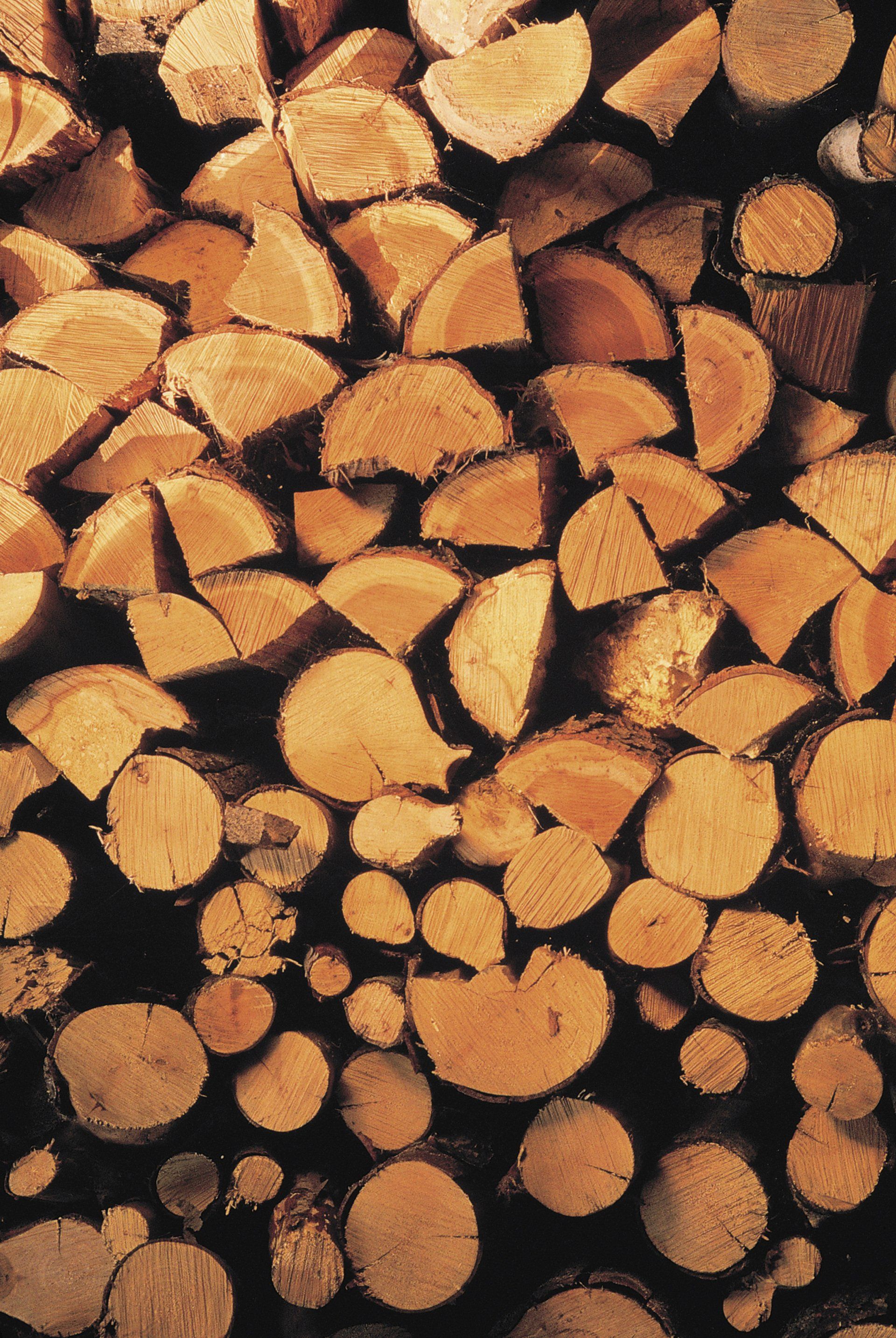

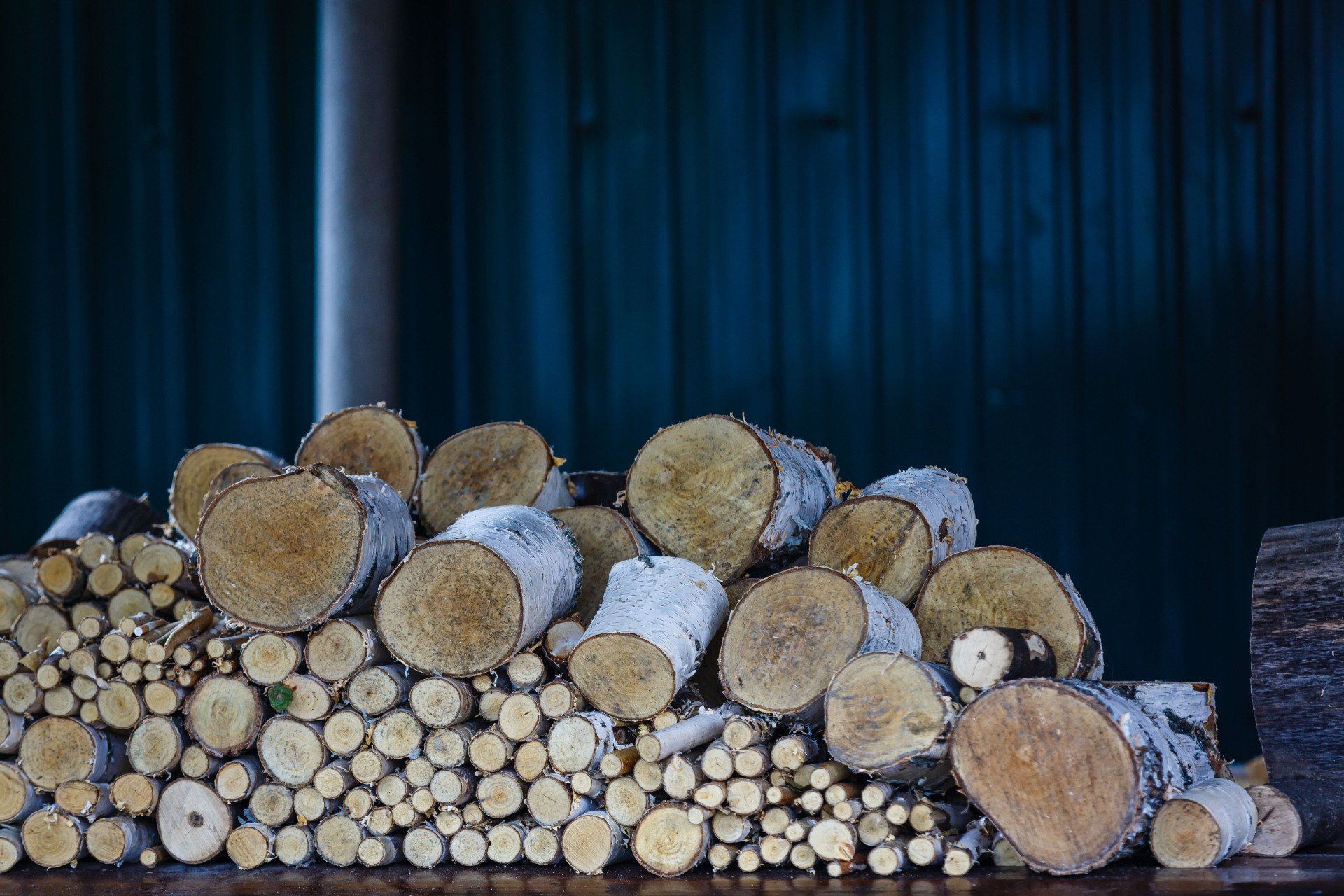
Share On: